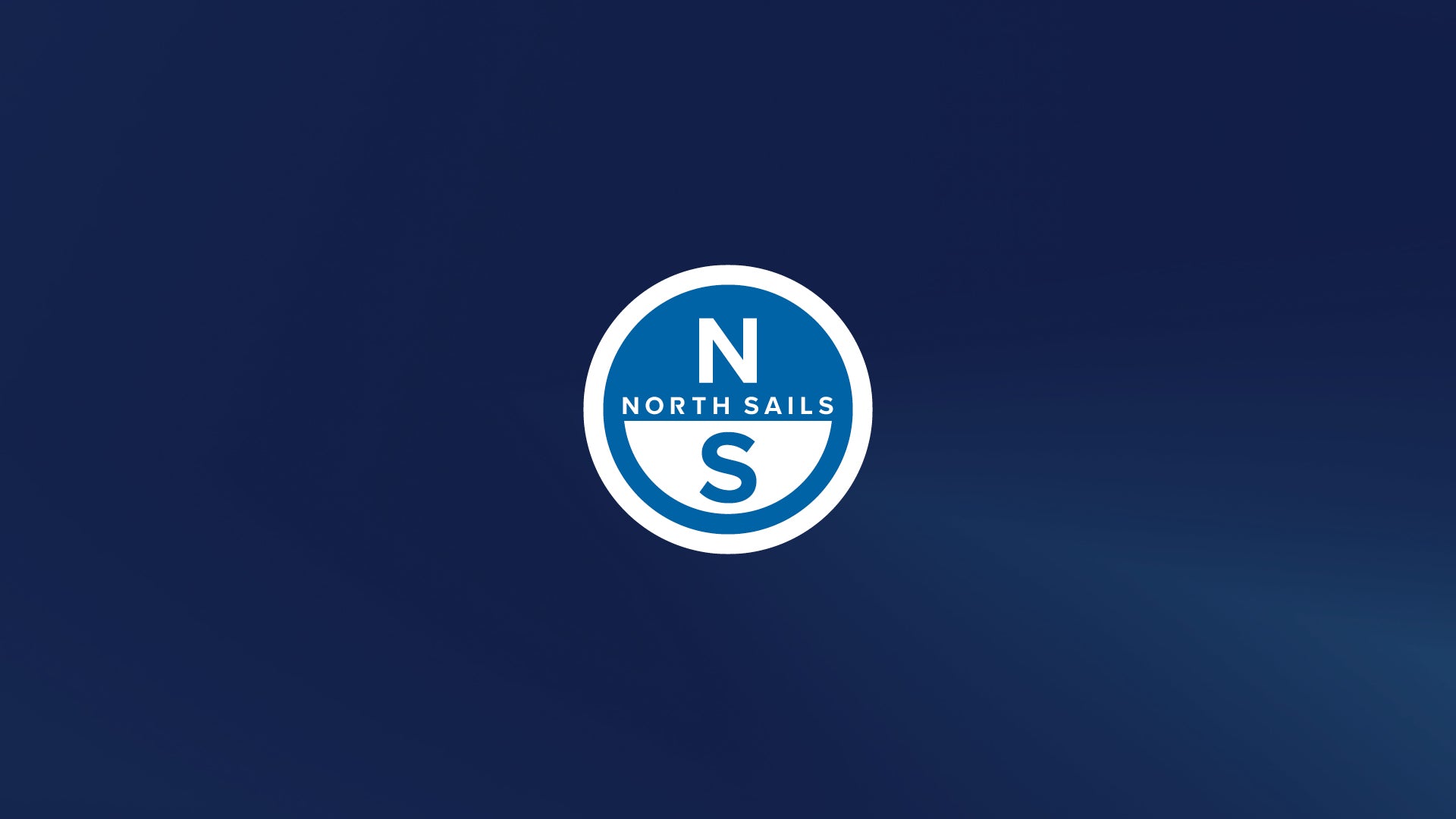B14 TUNING GUIDE
This Tuning Guide has been prepared to help you get the best out of your North Sails. This is meant as a starting point, feel free to modify and experiment in small steps to find what suits you best. If you find a Setting or Settings that really works, please keep us informed.
Mast Position
The aim of the B14 settings is to keep the lower ¼ of the mast as straight as possible. To achieve this you will need to move the mast foot as far forward as is possible, and use a small chock in front of the mast at the mast gate. The size of the chock will vary and you will need to set this by looking up the mast when it is tensioned and checking it is straight.
On The Water Tuning
Because the rig is very simple, there are not a lot of changes you can make while you are on the water. There are your normal sail controls, the jib tack height and the centre board.
CUNNINGHAM
As you start to become overpowered start to pull on the cunningham a little, as the breeze increases progressively pull on more.
JIB TACK HEIGHT
The jib tack height is the only control for the sheeting angle of the sail. Lowering the tack will increase the twist of the sail. If the conditions change you can alter the tack height between races, lowering the sail if the breeze increases and raising it if the breeze drops.
CENTRE BOARD
As with the jib, the centre board can only really be adjusted between races. If you feel the boat ‘tripping up’ over the board in breezy conditions raise it up.
As a guide:
15-20kts: 150mm (6”)
20kts+: 300mm (12”)
Notes
Tensions are found with Loos PT1-m rig tension gauge.
The spreaders are measured from a straight line between the shrouds to the back of the mast track, without rig tension. The holes are a bit of a course adjustment so you might not be able to exactly match these figures. If in doubt go slightly further forward on the lowers and slightly further back on the uppers, if possible try to keep the 2 sets of spreaders in line or the upper set slightly aft.



























